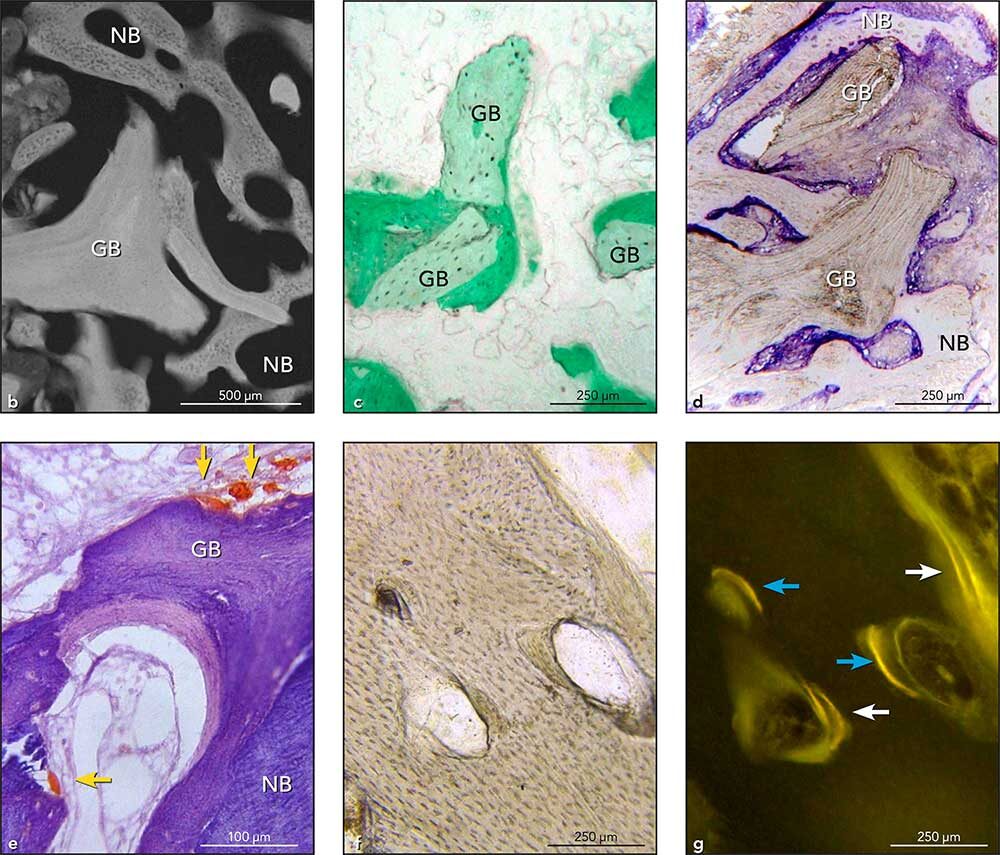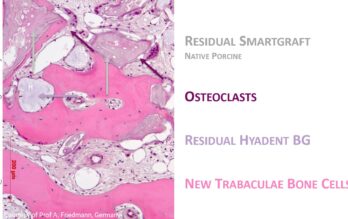- Dott. Claudio Stacchi, DDS, MSc 1
- Dott. Sergio Spinato, DDS, PhD 2
- Dott.ssa Teresa Lombardi, DDS 3
- Dott. Fabio Bernardello, MD, DDS 4
- Dott. Carlo Bertoldi, MD, DDS 2
- Prof. Davide Zaffe, MBiolSci 5
- Prof. Myron Nevins, DDS 6
- 1 Private Practice, Terranegra, Italy
- 1 Department of Medical, Surgical and Health Sciences, University of Trieste, Trieste, Italy.
- 2 Department of Surgery, Medicine, Dentistry and Morphological Sciences with Transplant Surgery, Oncology and Regenerative Medicine Relevance, University of Modena and Reggio Emilia, Modena, Italy.
- 3 Department of Health Sciences, Magna Graecia University, Catanzaro, Italy.
- 4 Private practice, Legnago (VR), Italy.
- 5 Department of Biomedical, Metabolic and Neural Sciences, University of Modena and Reggio Emilia, Modena, Italy.
- 6 Department of Oral Medicine, Infection and Immunity, Division of Periodontology, Harvard School of Dental Medicine, Boston, Massachusetts, USA.
Abstract
The alveolar ridge undergoes progressive modifications throughout a patient’s entire life. Many factors, including periodontal disease, endodontic lesions, trauma, and tooth extractions, may contribute to the bone resorption process. Additionally, tooth loss in the posterior maxilla may further worsen this problem by promoting maxillary sinus pneumatization, and ridge preservation techniques seem only partially effective in preventing alveolar crest shrinkage. Radiographic studies on edentulous ridge dimensions showed that, in this area, bone augmentation procedures for standard implant placement may be necessary in a substantial number of patients. Numerous surgical techniques and timing protocols have been proposed for implant-supported rehabilitation of posterior atrophic maxillae with limited bone heigh.

Conclusion
Both lateral and transcrestal sinus floor elevations are reliable surgical approaches to regenerate adequate bone volume and allow dental implant placement in the atrophic posterior maxilla. Strict adherence to established surgical protocols is mandatory to optimize clinical outcomes. In particular, adequate sinus membrane elevation and close contact between bone walls and grafting materials are crucial prerequisites for new bone formation in both approaches.
Allografts, xenografts, and synthetic biomaterials may be acceptable substitutes for autologous bone, as they pro- mote satisfactory new bone formation (even if less than autograft) and guarantee better volumetric stability. Dental implants can be inserted simultaneously with the augmentation procedure if good primary stability is achievable. Delayed insertion, possibly improving the final quality of regenerated tissue, may be preferable in sinuses with low regenerative potential (a wide sinus which can be considered a “nonhousing” bone defect; elderly and/or low-responding patients). The use of rough implants seems to optimize survival rates, and therefore the new generation of hybrid implants may be a promising alternative to traditional implants, but further investigations are necessary.
Download
Do you want to download the complete scientific article in .pdf format? Leave your name and e-mail address.
You will receive a confirmation email with the link to download.
Meer wetenschappelijke literatuur


